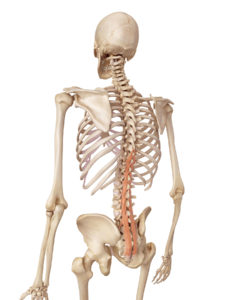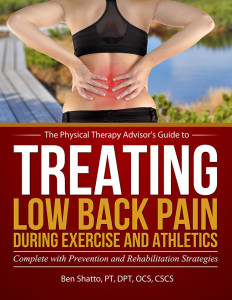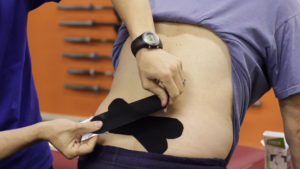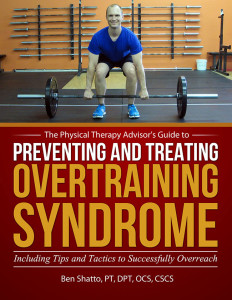Low back pain (LBP) is one of the most prevalent medical conditions treated in the United States and the western world. In fact, an estimated $50 billion dollars or more is spent annually on back pain related issues. Nearly 80% of the U.S. population is affected by LBP at one time or another. So why are we all hurting our backs? Why does the pain seem to always reoccur?
2 Reasons Why Low Back Pain tends to Reoccur:
- The original risk factor(s) or precipitating actions that caused the initial low back pain (LBP) were never addressed.
- The inner core stabilizing muscles were never properly rehabilitated. This makes the spine vulnerable to re-injury.
Just imagine if you had a significant knee injury which required surgery. The injured leg would be weak and require specific exercises to help it to rehabilitate. In most cases, the muscles of the injured leg would be obviously smaller due to muscle atrophy. This same atrophy happens deep within the muscles of the lumbar region (particularly, the muscles known as the multifidus shown below).
These muscles are responsible for spinal stabilization and to prevent shearing between vertebrae to vertebrae. Just like the muscles in the thigh (in the knee example above), these muscles will shrink and atrophy when injured. The problem is that you cannot see or feel them easily, so most of us never know that the spine’s ability to stabilize during activity is compromised. This is a critical factor as to why reoccurring LBP is so prevalent.
Low back pain is a serious and debilitating condition. It will either most certainly affect you or someone close to you. The good news is that you don’t have to be a statistic! You don’t have to live in fear of your next episode of LBP. First, you need to address the likely causes that lead to the initial episode of low back pain, and be mindful of your risk factors. Please refer to 12 Risk Factors for Low Back Pain.
Next, by implementing the proper exercises for prevention and rehabilitation, you can live pain free, train pain free, and live the life you want without fear of reoccurring low back pain! Treating Low Back Pain (LBP) during Exercise and Athletics is designed for individuals of all levels from weekend warriors to soccer moms to elite athletes. These principles can help you live the pain free life that you desire!
Treating Low Back Pain during Exercise and Athletics

In this complete self-treatment package, Treating Low Back Pain (LBP) during Exercise and Athletics, I share very specific strategies for LBP prevention among athletes such as sport enthusiasts, CrossFitters, weightlifters, and runners. These principles are helpful for anyone participating in athletics as well as those implementing a healthy lifestyle. You’ll learn how to address specific causes of LBP as well as the best practices on how to prevent and self-treat when you experience an episode of LBP. In this step-by-step LBP rehabilitation guide (complete with photos and detailed exercise descriptions), you will discover how to implement prevention and rehabilitation strategies.

In this package, you get an in-depth look at treating LBP with a 7-part series of instructional videos in which I address low back pain prevention during exercise; specific warm ups for exercise and activities; what really is the “core” and why it matters; treatment techniques (including how to apply Kinesiological tape); and long term management strategies. This includes nearly 60 minutes of actionable advice to prevent and treat LBP as it relates to active individuals, sports (such as running), and athletics.

In this BONUS eBook, Preventing and Treating Overtraining Syndrome, I show you how to recognize the risk factors and symptoms of Overtraining Syndrome (OTS). You’ll learn how to utilize prevention strategies to help you develop a personal training strategy that will allow you to push past your limits and prior plateau points in order to reach a state of what is known as overreaching (your body’s ability to “supercompensate”). This will speed up your results, so that you can train harder and more effectively than ever before! In addition, learn how to use the foam roller (complete with photos and detailed exercise descriptions) as part of a health optimization program, recovery program, rest day or treatment modality.
